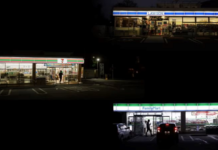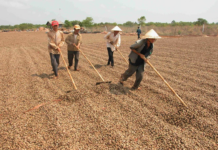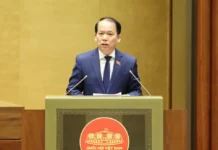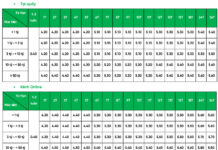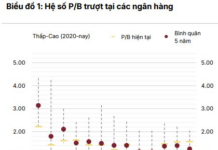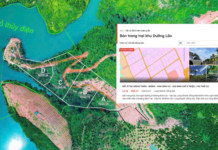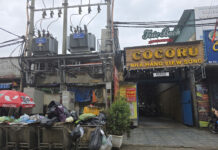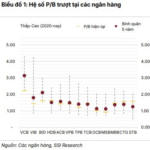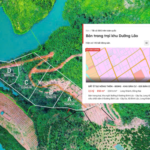A recent report by the Ministry of Construction revealed that there are currently eight completed affordable housing projects in the segment. From 2021 until now, the country has seen 503 projects with a scale of 418,200 units, 75 of which have been completed, providing nearly 40,000 homes.
According to the investment proposal for constructing at least one million affordable housing units, the goal for the period of 2021-2025 is to complete approximately 428,000 units. To meet the housing needs of the people, the government set a target of completing 130,000 affordable housing units nationwide in 2024. However, this target seems unattainable this year due to various challenges.
Experts attribute the difficulty in achieving this goal to several bottlenecks in affordable housing development, including investment procedures, independent land allocation, and the utilization of the 20% land fund in commercial housing projects, which remain problematic and inadequate. Additionally, mobilizing resources from the private sector has proven challenging, and the conditions and procedures for approving eligible buyers or renters of affordable housing are complex and time-consuming. The disbursement of the VND 120,000 billion support packages in housing loans has also not been as effective as expected.
Dr. Nguyen Tri Hieu, Director of the Institute for Research and Development of the Financial and Real Estate Market, stated that the progress towards constructing 130,000 affordable housing units in 2024 has been slow. He attributed this to several factors, one of which is the legality of the apartments and the segment of the real estate market encountering obstacles at certain stages. Legal complications, according to Dr. Hieu, pose a significant hindrance, as smooth legal processes are essential for any project to move forward.
This legal uncertainty discourages investors from proceeding with construction and banks from providing financial support for such projects. As a result, many projects in Hanoi, Ho Chi Minh City, and other provinces remain stagnant. The current legal issues are hindering the development of the real estate market. The second obstacle is capital. While the government and the State Bank encourage banks to increase lending to the real estate sector to stimulate the market and positively impact the economy, the risk in the real estate market is currently very high.
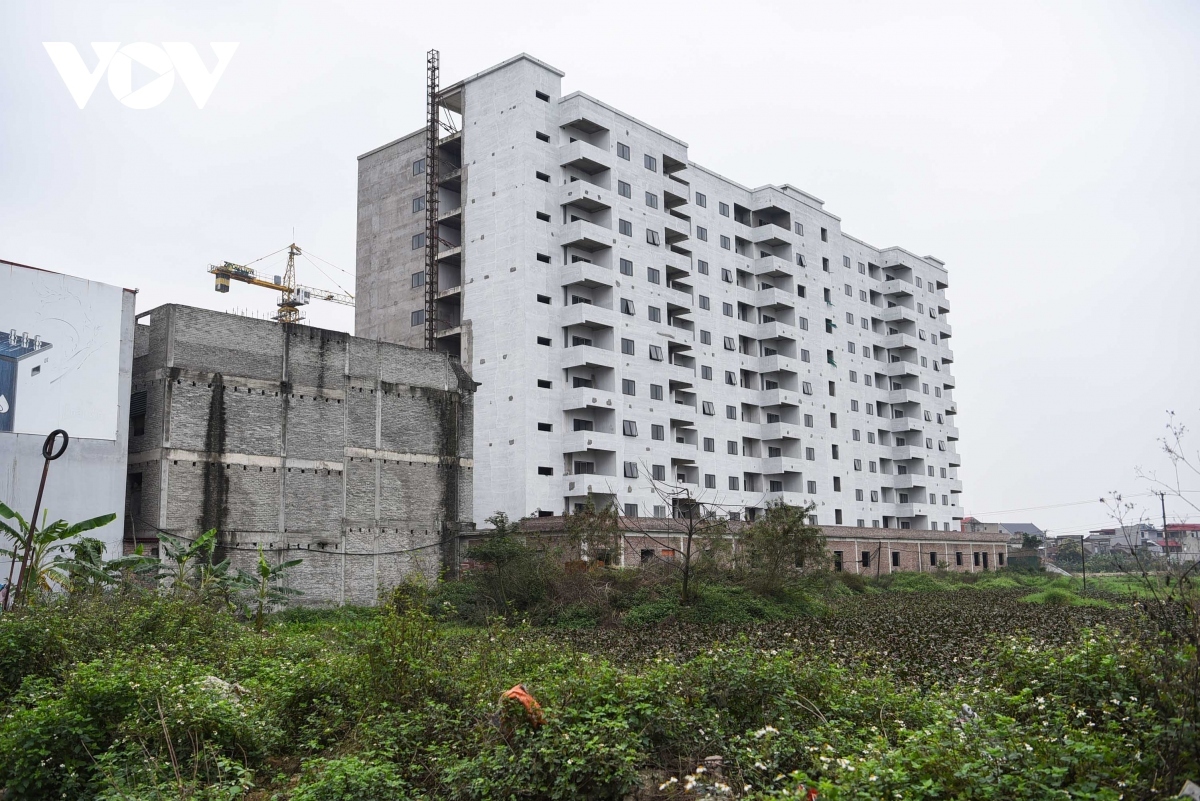
The target of building 130,000 social housing units is unlikely to be achieved this year due to various bottlenecks (Illustrative image)
Unfortunately, investors may struggle to sell their products due to high construction costs or low income among the population. Additionally, there are market risks, such as banks accepting mortgages and providing loans of up to 80% of the appraised value of the houses. However, if the appraised value decreases in the future for objective reasons, the loan amount may exceed the intended limit.
“If the actual value is realized earlier, and the loan-to-value ratio was previously 80%, it could now be as high as 82-85% after a reappraisal. Therefore, banks are cautious about lending large amounts in a stagnant or declining market. These reasons contribute to the stagnation of the real estate market, and many construction projects in Hanoi are progressing slowly,” said Dr. Nguyen Tri Hieu.
Mr. Hieu also noted that this delay would push a portion of the project into 2025, affecting the government’s goal of constructing one million affordable housing units by 2030. The 130,000 units represent more than 10% of the total target, so it is crucial to initiate these projects immediately as a foundation for achieving the larger goal of one million units by 2030.
He emphasized that this is a significant project that will fulfill the real estate needs of many citizens. It should be divided into smaller projects for different regions and localities, accompanied by specific funding programs. A consortium of banks should be formed, with each bank committing to a specific number of units to finance, along with agreed-upon interest rates and conditions. Planning for this initiative must start now to ensure the 2030 goal is met. Without detailed plans and immediate action, the project will remain on paper.
Unblocking Bottlenecks to Reach the Set Target
Mr. Nguyen Van Dinh, a real estate legal expert, pointed out that affordable housing is mainly developed by real estate businesses using private capital, while the number of projects using state budget capital is very limited. As a result, it is challenging for the state to control and achieve the challenging target of completing 130,000 units this year.
In reality, it takes 18-24 months to complete and hand over a 15-story apartment building. Currently, very few projects in the localities have the necessary legal procedures and construction permits and are in the construction phase to contribute to the supply of affordable housing.
Real estate businesses face numerous challenges when developing affordable housing, as the legal procedures are more complicated than those for commercial housing projects. Among these challenges, the three most significant obstacles identified by businesses are land funds, capital sources, and legal procedures.
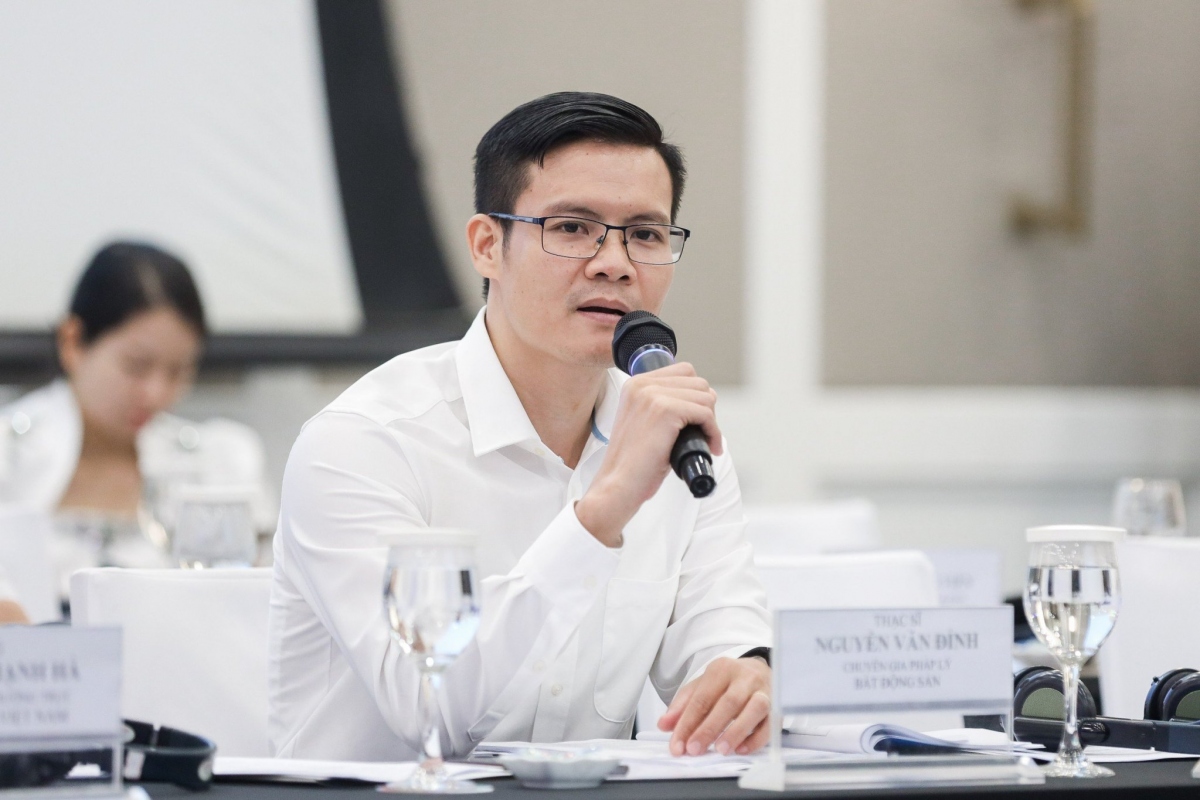
Mr. Nguyen Van Dinh – Real Estate Legal Expert
According to Mr. Dinh, addressing these three main obstacles is crucial for the development of affordable housing. The first factor is land funds, and it is essential to allocate clean land specifically for affordable housing projects. Currently, the land fund for affordable housing mainly comes from the 20% fund of commercial projects, and many developers with land designated for affordable housing are neither investing in nor transferring it to the state.
The state must be resolute in urging these developers to comply or reclaim the land to select new investors. Additionally, the state should proactively create an independent land fund for affordable housing by conducting its land planning and compensation. However, this depends on each locality’s ability to allocate funds for land clearance. Therefore, localities must also be determined to collect the 20% land fund and proactively allocate funds for clean land to solve the first equation of the affordable housing land puzzle.
The second issue is capital. Affordable housing heavily relies on preferential loans. There are currently regulations regarding preferential loans for both developers and homebuyers. Developers can access the VND 120,000 billion package as per the Government’s Resolution 33/NQ-CP in March 2023, which aims to resolve difficulties in the real estate market. Following this resolution, the State Bank issued Document No. 2308, which outlined the implementation of this package, including loans from commercial banks to affordable housing developers at an interest rate of 8.7% per annum, with a maximum loan term of three years.
At the end of December 2023, the State Bank issued Document No. 9844, announcing the interest rate applied by commercial banks for the first six months of 2024 for developers at 8.0% per annum. However, Mr. Dinh suggested that this interest rate is still too high compared to the profitability of affordable housing projects (the interest rate is similar to that of commercial housing loans, while the maximum allowable profit margin for affordable housing is only 10%). If a developer borrows to build affordable housing but cannot sell the units within a year, they may not make any profit.
Therefore, he proposed reducing the interest rate to around 4-5% to attract investors and give them the confidence to invest in affordable housing. Additionally, loan procedures should be more flexible, as the State Bank’s instructions have not been effectively implemented by commercial banks. There is a need for the determination of banks to reduce interest rates and simplify loan conditions.
The third issue is the institutional and policy framework. The procedures for affordable housing projects are currently slower and more complicated than those for commercial housing. The legal process for an affordable housing project can take up to two years, and the initial procedures until the commencement of construction are very time-consuming. A common challenge across the country is the selection of investors for affordable housing projects. According to regulations, if the state allocates clean land for affordable housing, there will be a bidding process if there are two or more registered investors. The project will only be approved if there is a single registered investor.
However, as many affordable housing projects attract multiple interested investors, bidding becomes necessary. Unfortunately, the bidding process for selecting investors for affordable housing projects is challenging and requires solutions, even after the Ministry of Construction issued Circular No. 09/2021/TT-BXD to guide investor selection. Localities still struggle to implement this due to the lack of clear criteria for preparing bidding invitations.
Recently, the government issued Decree No. 100/2015/ND-CP on affordable housing, introducing some changes. Hopefully, this will reduce the time and complexity of legal procedures for affordable housing projects in the future.
“In general, the target of building 130,000 affordable housing units this year is challenging to achieve. It requires a strong political will and the concerted effort of the entire political system, including government agencies, the guiding and supervising roles of ministries, especially the Ministry of Construction, the determination of local authorities, the proactive participation of real estate businesses, and the involvement of organizations such as the State Bank, commercial banks, and construction companies,” concluded Mr. Nguyen Van Dinh.

